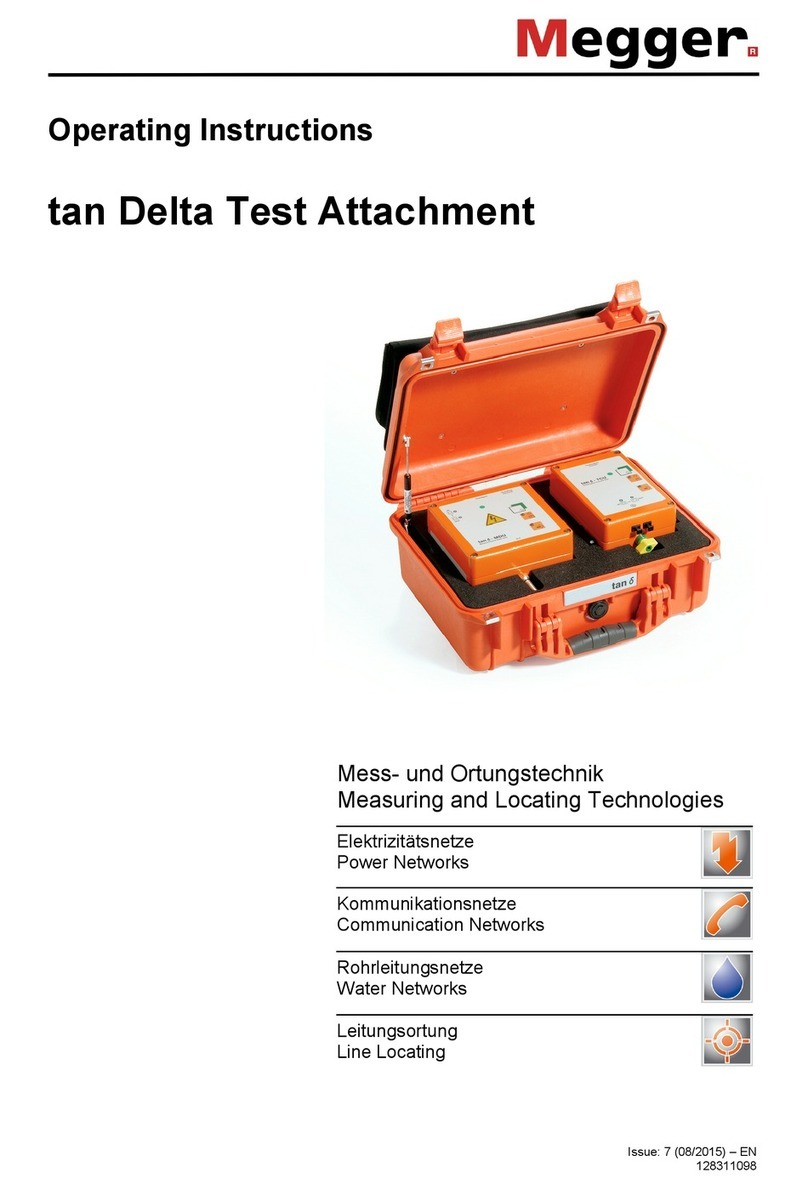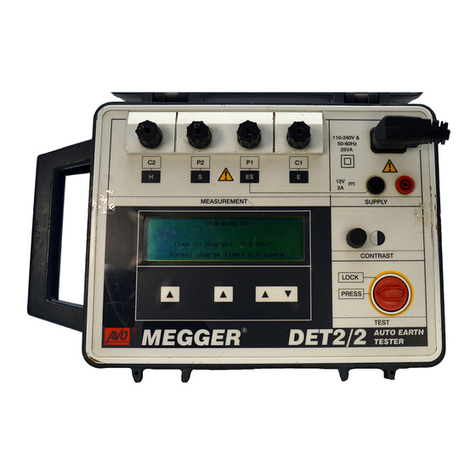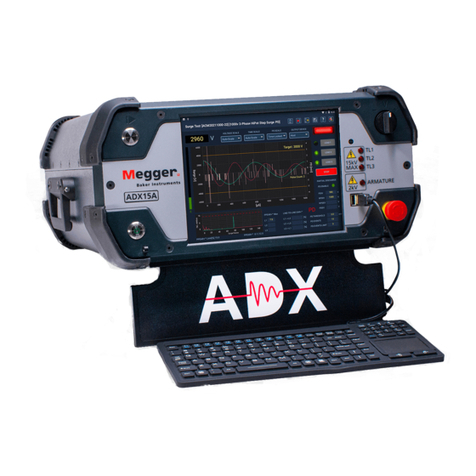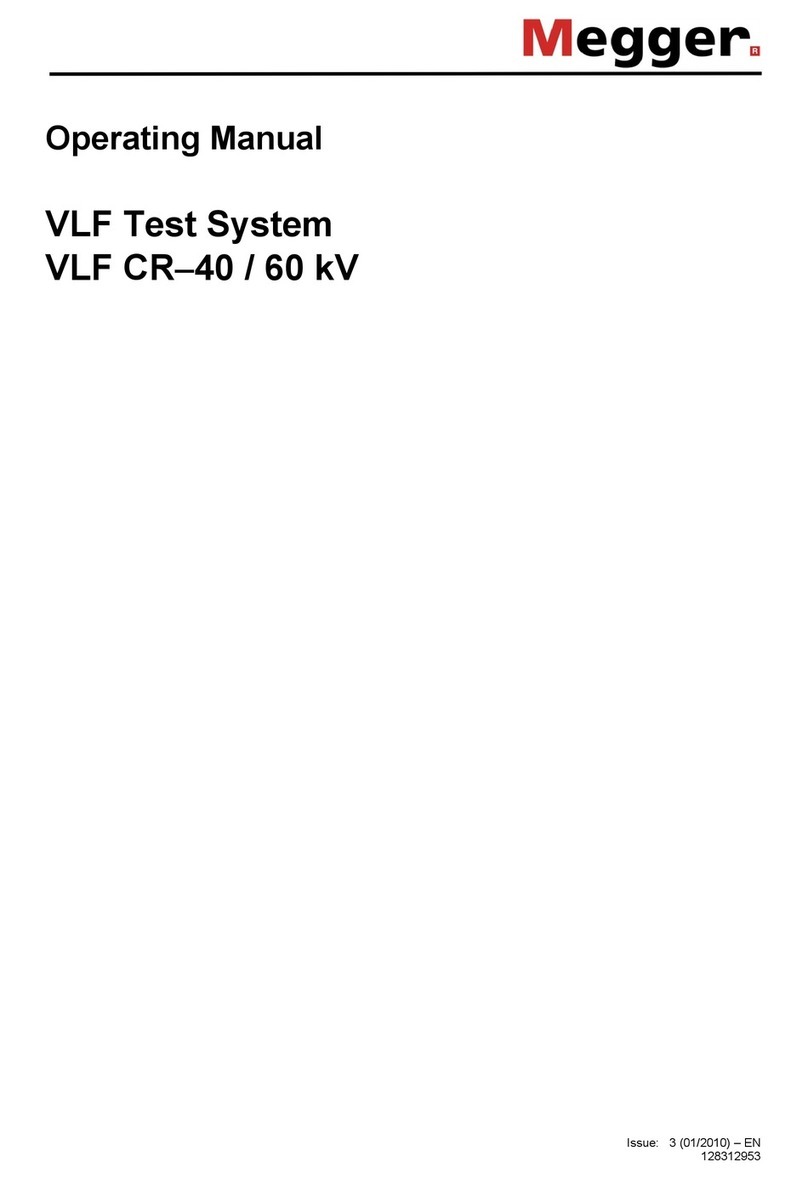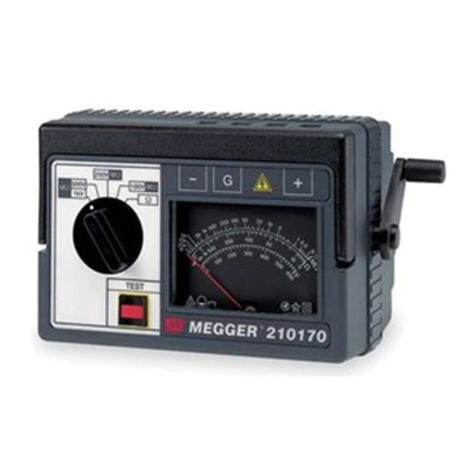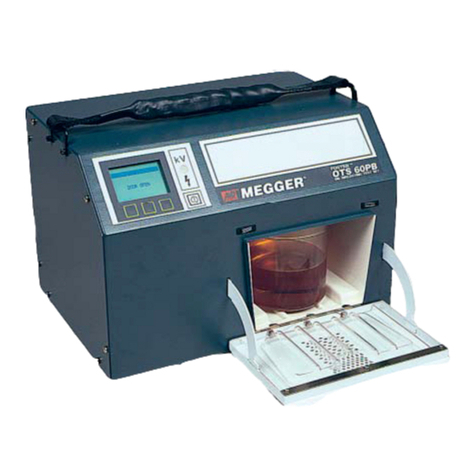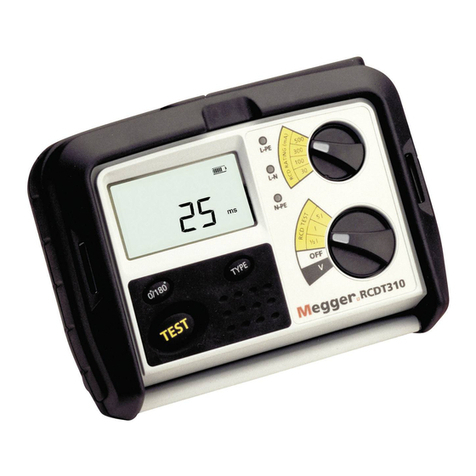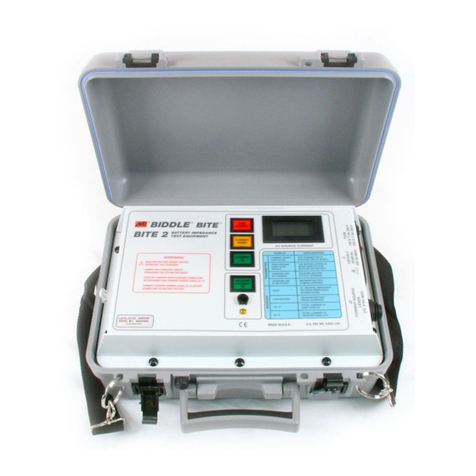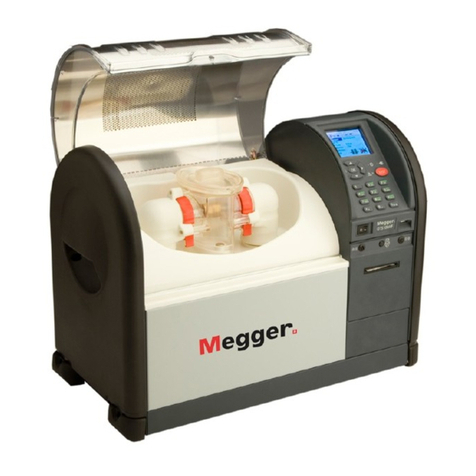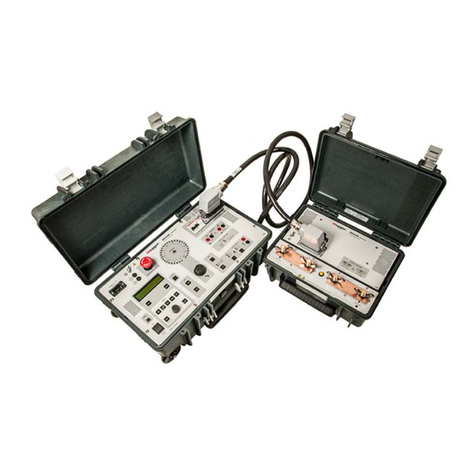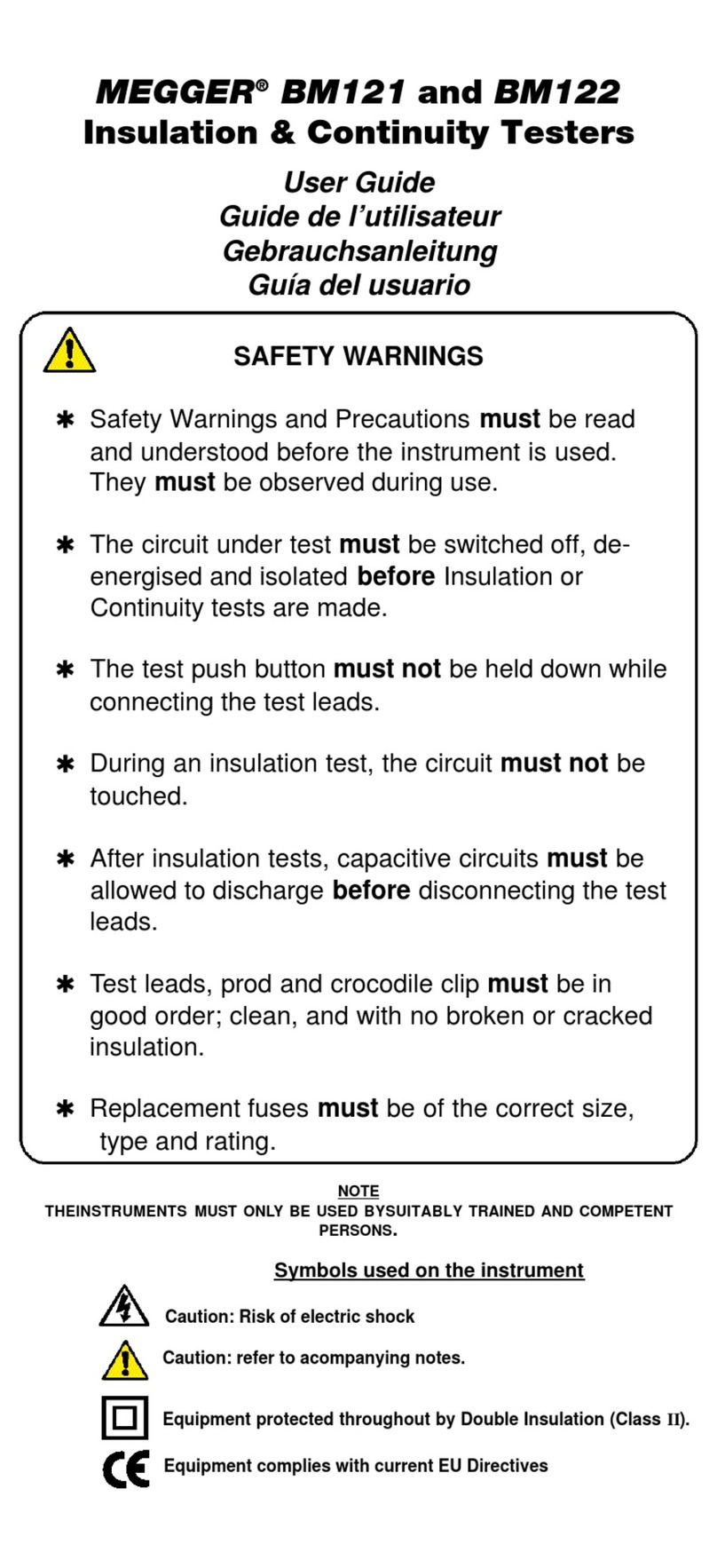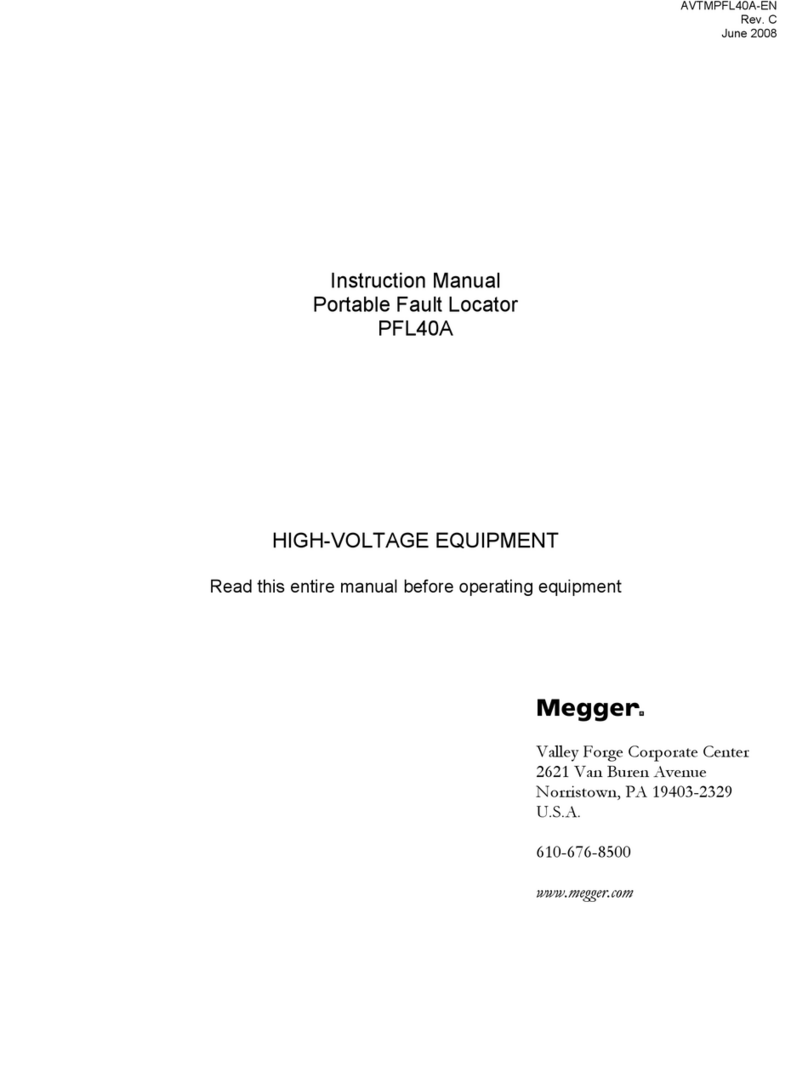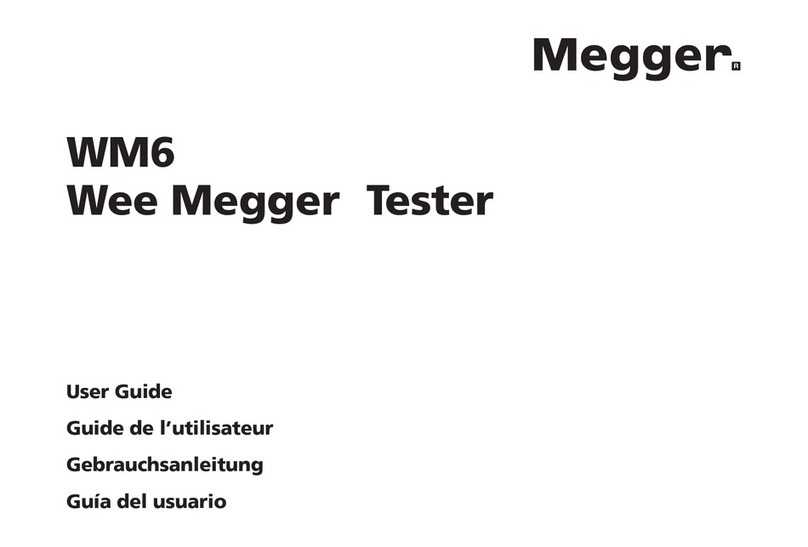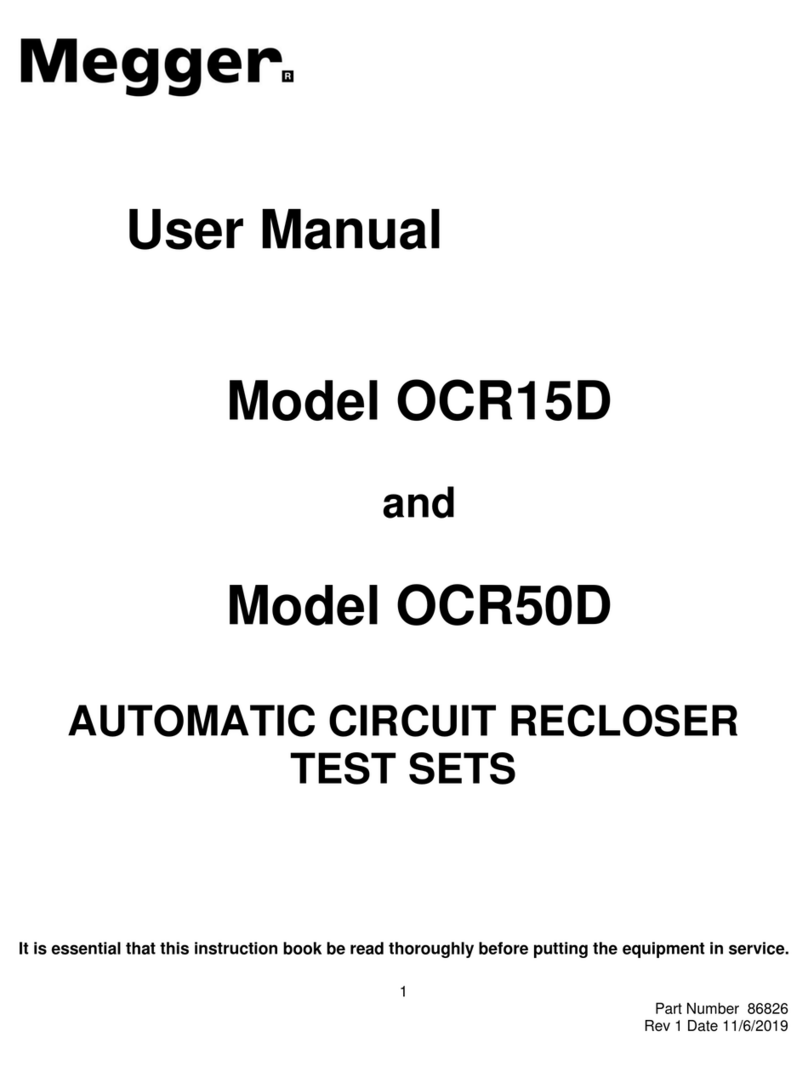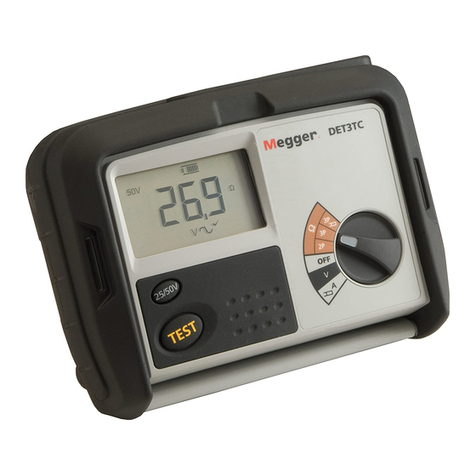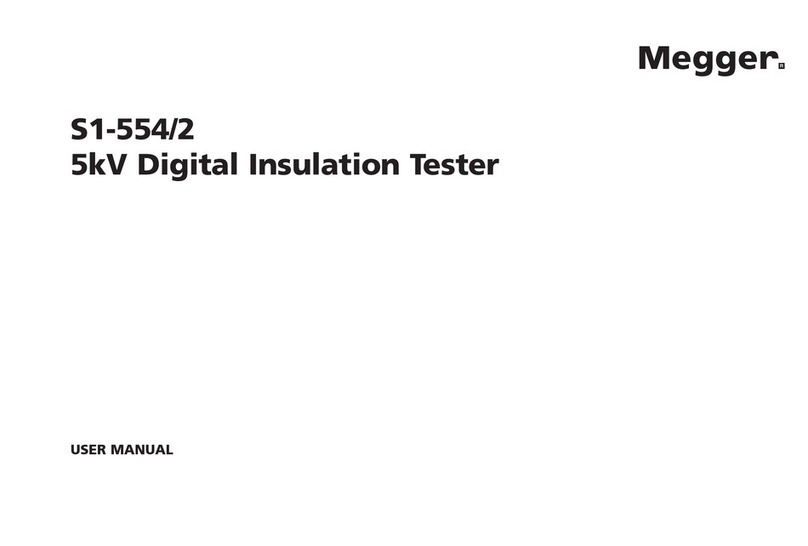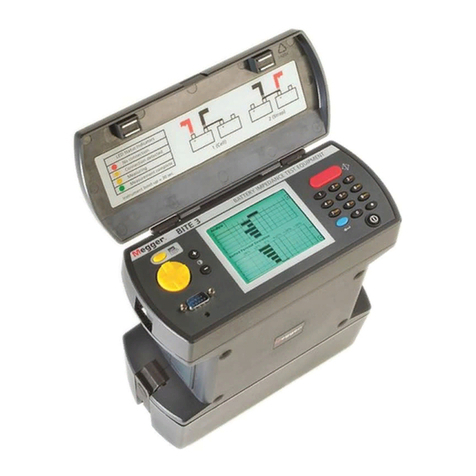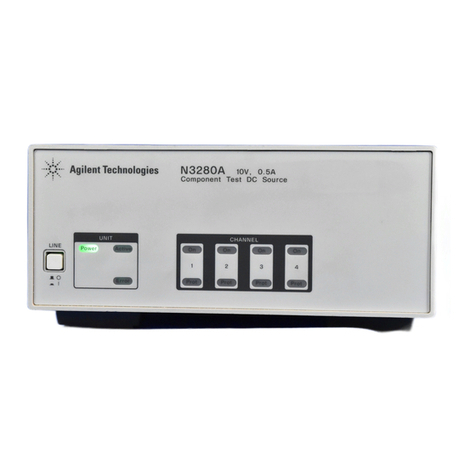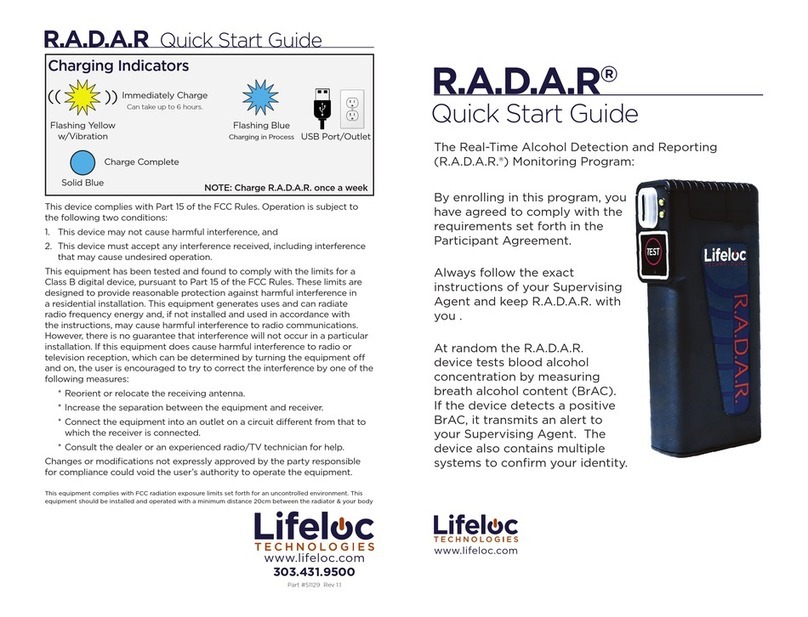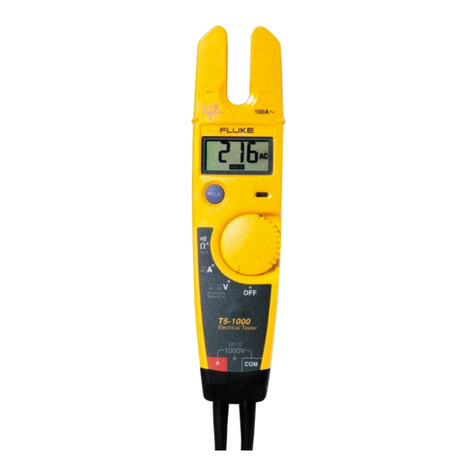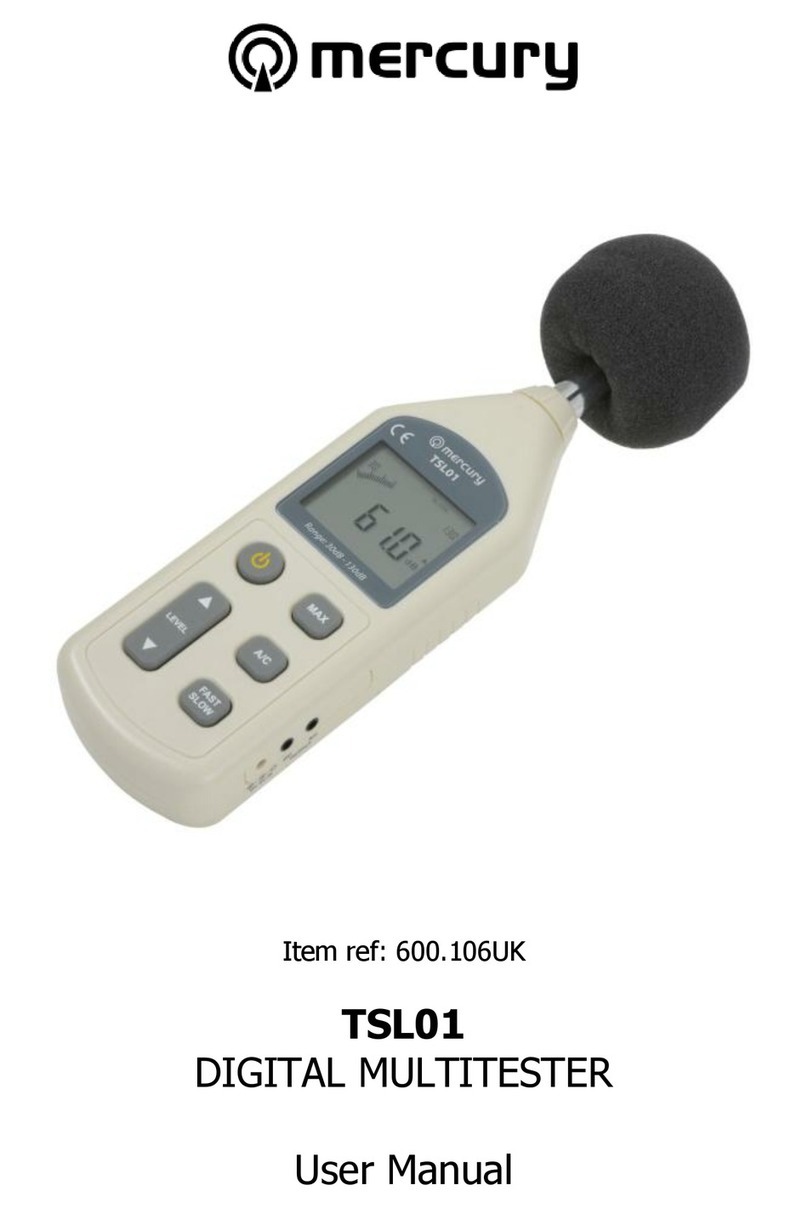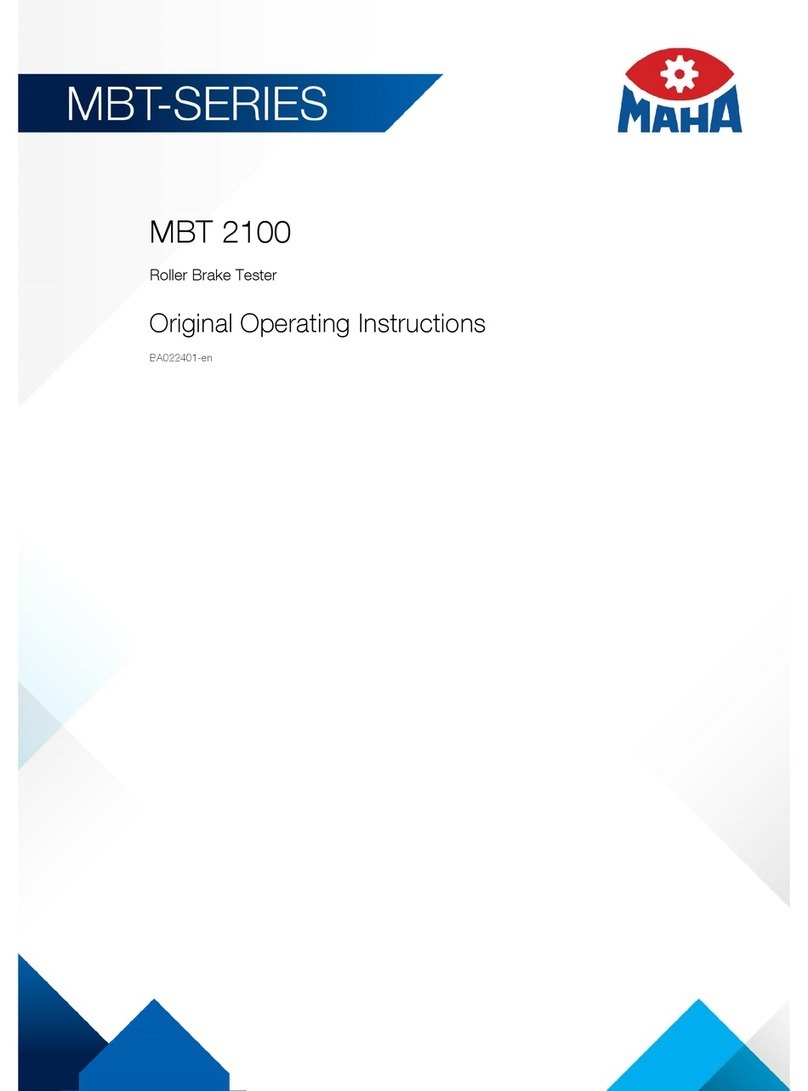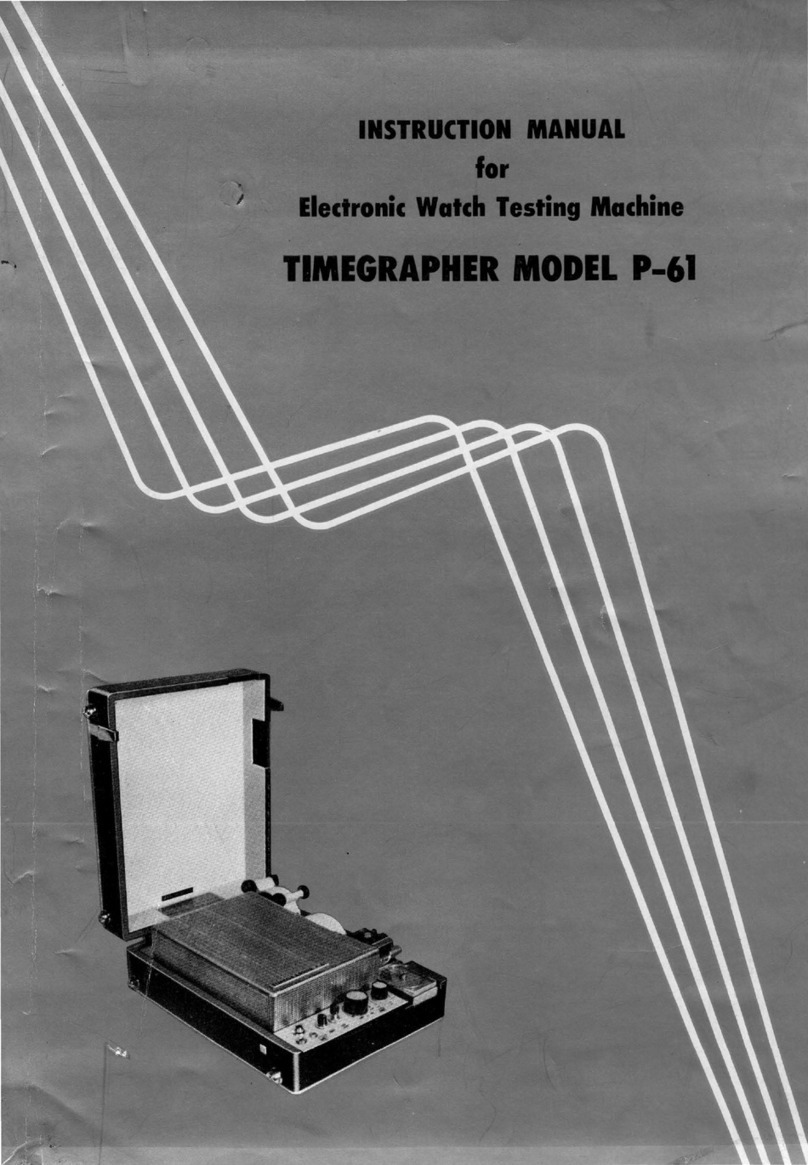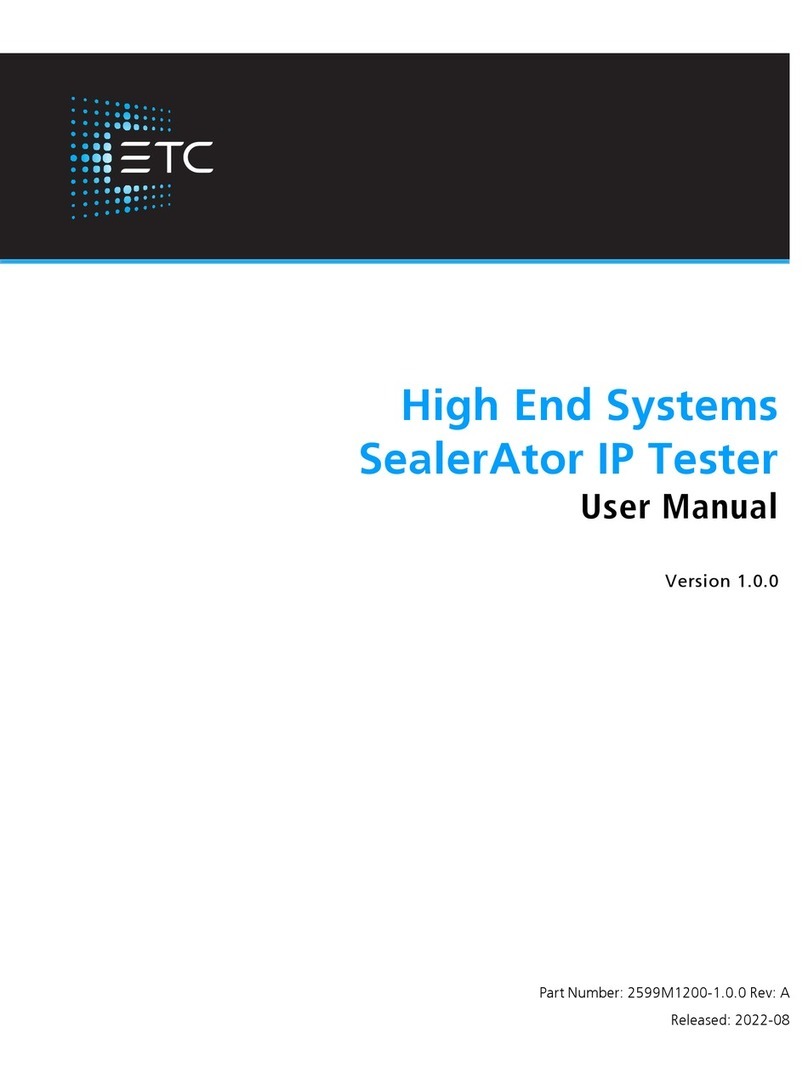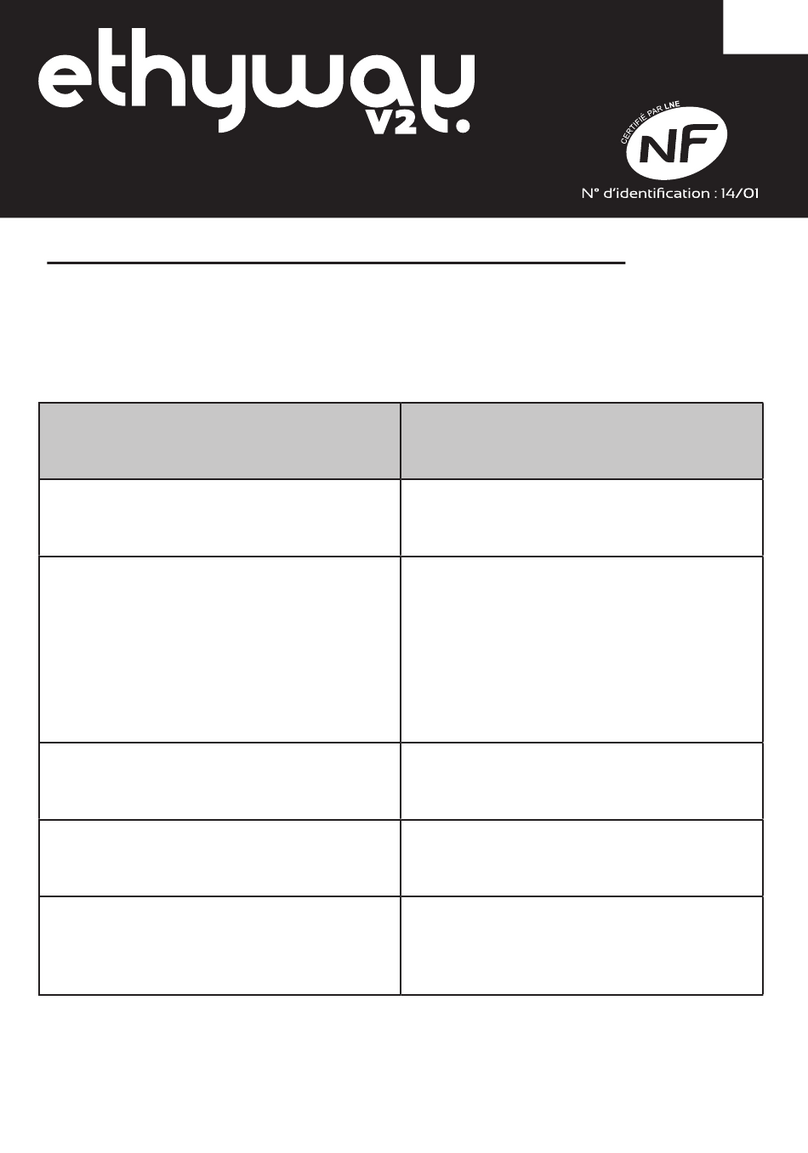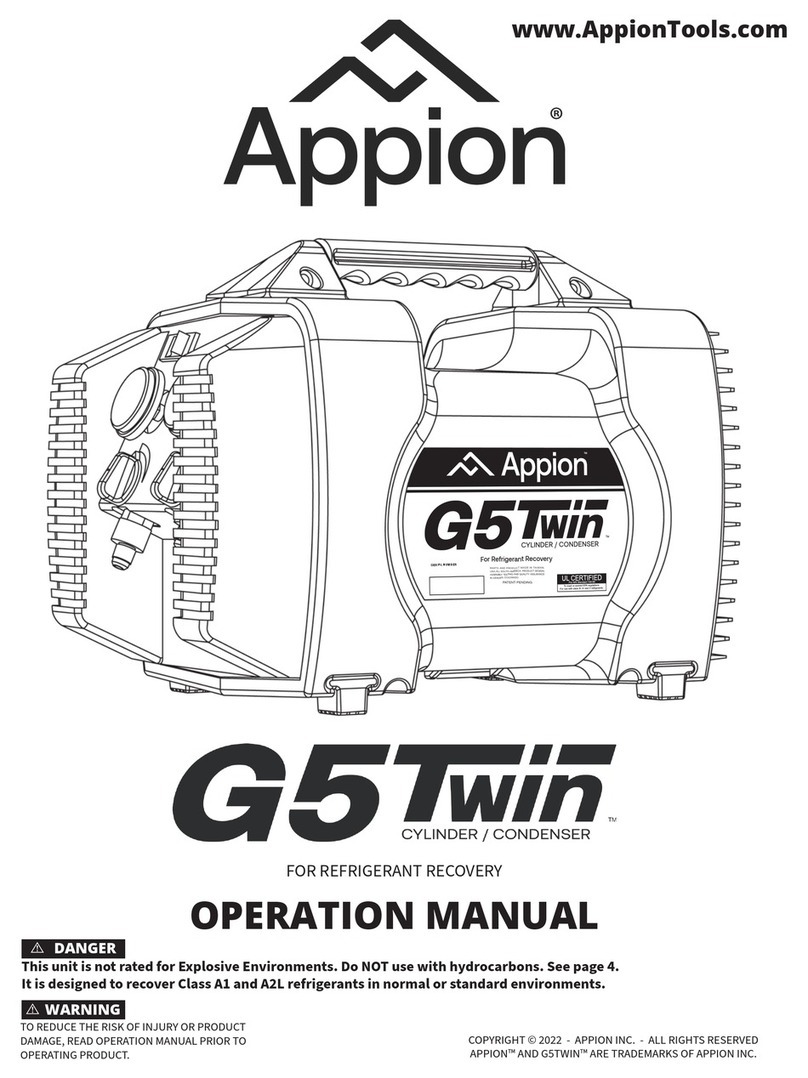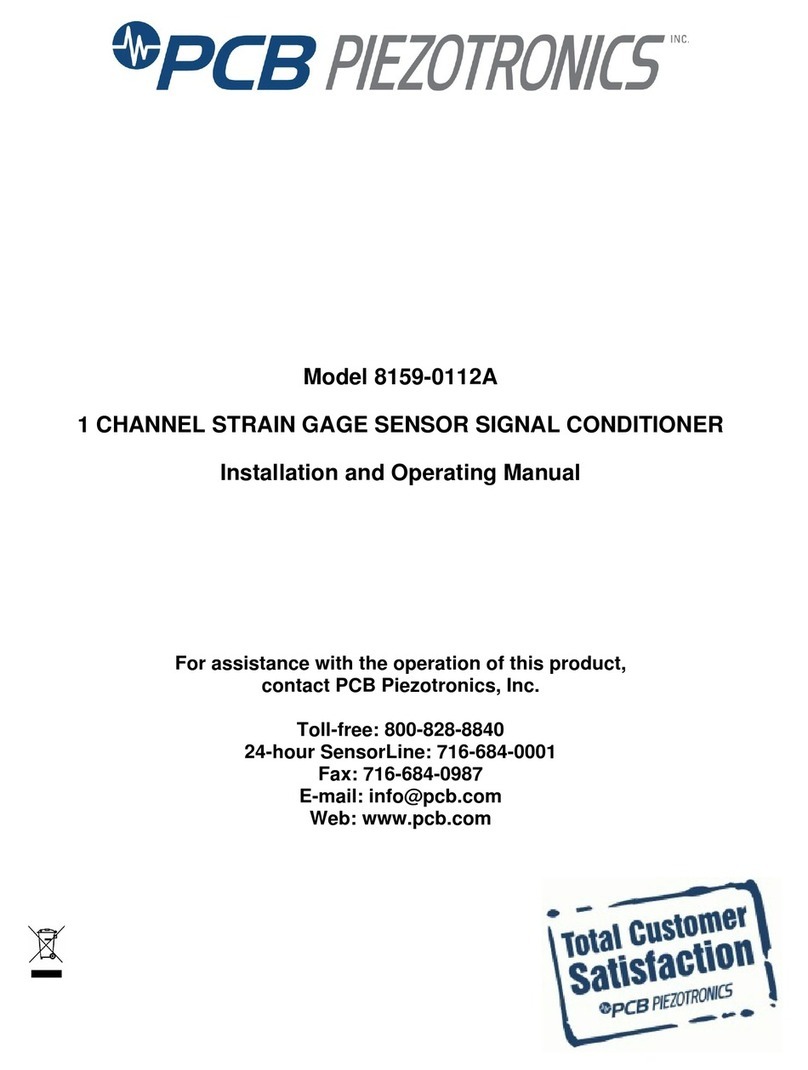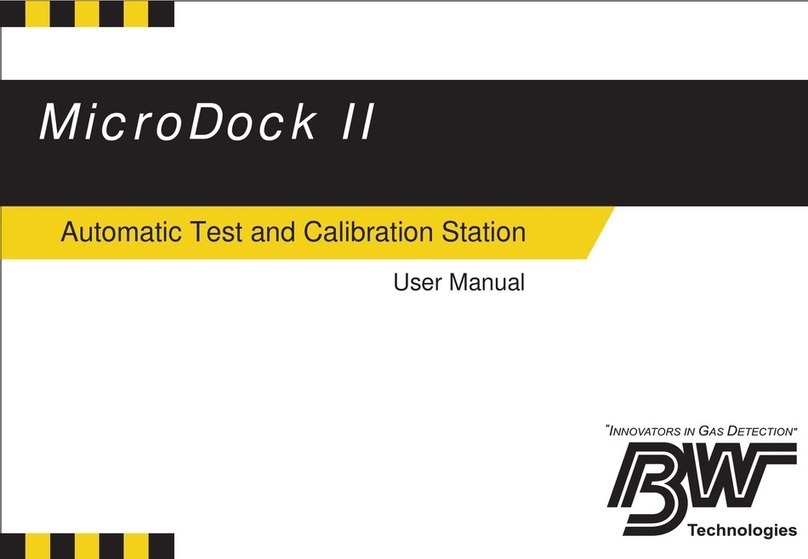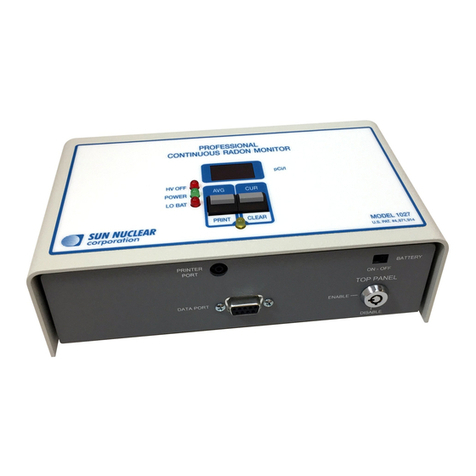
2
Contents
SAFETY WARNINGS .................................................................................................................................................................3
1. Introduction.............................................................................................................................................................................4
2. Overview .................................................................................................................................................................................4
2.1 Front panel and controls .................................................................................................................................................6
2.2 Waste electrical and electronic equipment.......................................................................................................................6
2.3 Battery and fuse location, fitting and replacement ..........................................................................................................6
3. Operation .......................................................................................................................................................................7
3.1 General operation – all models........................................................................................................................................7
3.2 Mode button functions...................................................................................................................................................7
3.3 Test inhibit ......................................................................................................................................................................7
4. Voltage, frequency, current and temperature measurement..........................................................................................................8
4.1 Making a voltage measurement......................................................................................................................................8
5. Continuity / resistance measurement............................................................................................................................................10
5.1 Nulling test lead resistance (up to 9.99 ohms) ...............................................................................................................10
5.2 Making a CONTINUITY measurement..............................................................................................................................11
5.3 Storing / downloading results (MFT1731 only).................................................................................................................11
5.4 Continuity Buzzer ON/OFF...............................................................................................................................................11
5.5 Switch probe (SP5)..........................................................................................................................................................11
5.6 Buzzer threshold .............................................................................................................................................................12
5.7 Measurement methods and sources of error ...................................................................................................................12
6. Insulation resistance ...............................................................................................................................................................12
6.1 Making an INSULATION measurement.............................................................................................................................12
6.2 Insulation test lock..........................................................................................................................................................13
6.3 Measurement methods and sources of error ...................................................................................................................13
7. Loop Impedance testing...........................................................................................................................................................13
7.1 Range selection and test leads ........................................................................................................................................14
7.2 Making a loop impedance measurement.........................................................................................................................15
7.3 Phase to Neutral (or Phase to Phase) testing....................................................................................................................19
7.4 Prospective Fault Current and Short Circuit calculation (PFC & PSCC) ..............................................................................20
7.5 Zmax test mode..............................................................................................................................................................20
7.6 Making a Zmax loop impedance measurement ...............................................................................................................20
7.7 Making an R1+R2 loop impedance measurement (MFT1721 only)...................................................................................21
7.8 Measurement methods and sources of error ...................................................................................................................22
8. Residual Current Device testing................................................................................................................................................22
8.1 Making an RCD measurement ........................................................................................................................................23
8.2 Selecting RCD type .........................................................................................................................................................23
8.3 ½ x I RCD current rating (No-trip test) ...........................................................................................................................23
8.4 1 x I RCD current rating (Tripping test on 30mA RCD) ...................................................................................................24
8.5 5 x I RCD current rating (Tripping test on 30mA RCD) ...................................................................................................25
8.6 Ramp Test.......................................................................................................................................................................25
8.7 Type A (DC sensitive) RCD test ......................................................................................................................................26
8.8 Type B (Pure DC) RCD test...............................................................................................................................................26
8.9 Variable RCDs (not MFT1711) .........................................................................................................................................27
8.10 AUTO RCD testing ..........................................................................................................................................................27
8.11 3 Phase RCD testing........................................................................................................................................................27
8.12 Touch voltage display......................................................................................................................................................29
8.13 Measurement methods and sources of error ...................................................................................................................29
8.14 Useful information..........................................................................................................................................................29
9. Earth resistance measurement..................................................................................................................................................29
9.1 Connection terminals......................................................................................................................................................29
9.2 Touch voltage limit..........................................................................................................................................................29
9.4 Making a measurement – Three terminal resistance measurement ..................................................................................30
9.5
9.6
10. Setup options ..........................................................................................................................................................................31
11. Warning messages...................................................................................................................................................................32
11.1 Startup warnings ............................................................................................................................................................32
11.2 Battery............................................................................................................................................................................32
11.3 Battery charger ...............................................................................................................................................................32
11.4 Fuse warning ..................................................................................................................................................................32
11.5 Invalid rotary switch setting.............................................................................................................................................32
11.6 Continuity test................................................................................................................................................................32
11.7 Insulation test .................................................................................................................................................................32
11.8 RCD Test.........................................................................................................................................................................32
11.9 RCD range selection errors..............................................................................................................................................32
11.10 Loop Test.......................................................................................................................................................................32
11.11 Earth test.......................................................................................................................................................................32
11.12 Test will not start ...........................................................................................................................................................32

